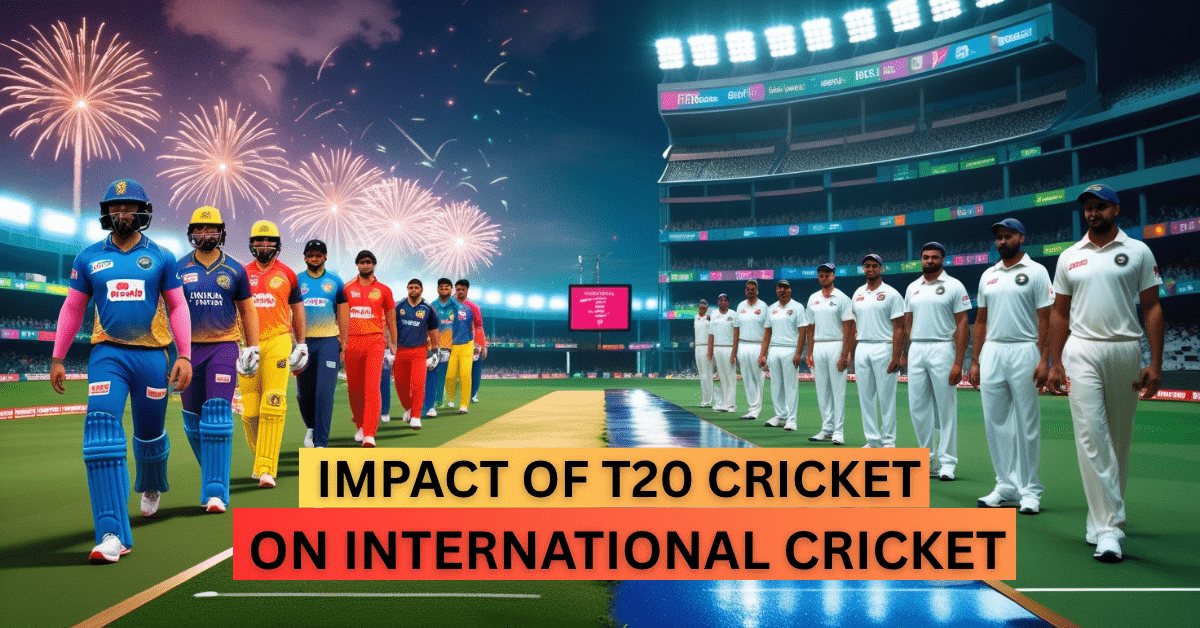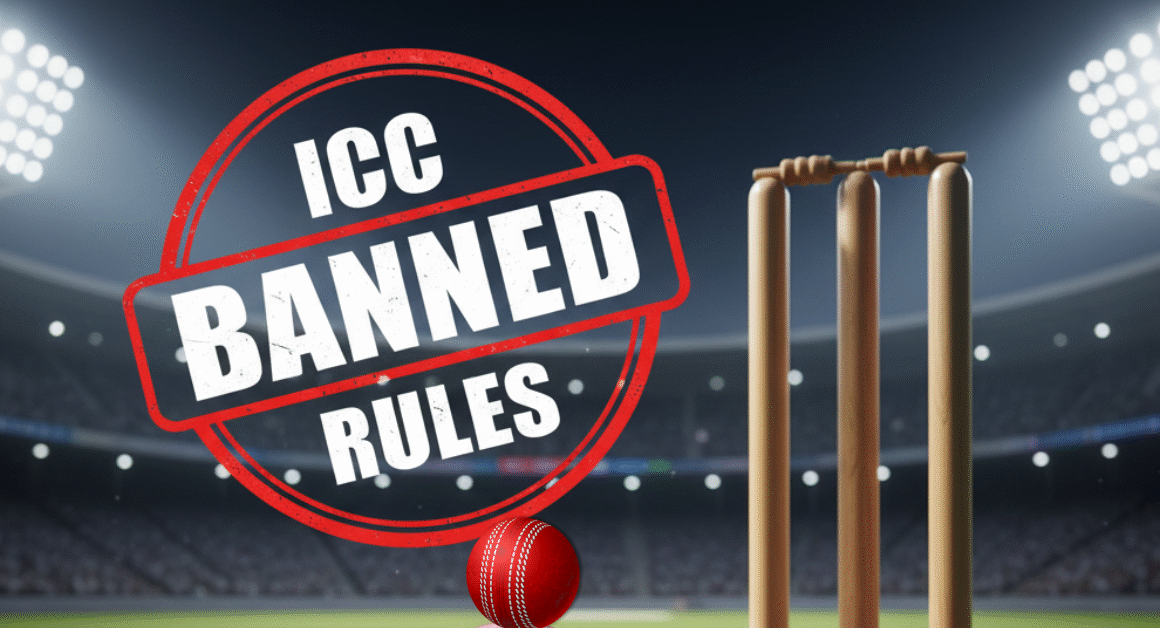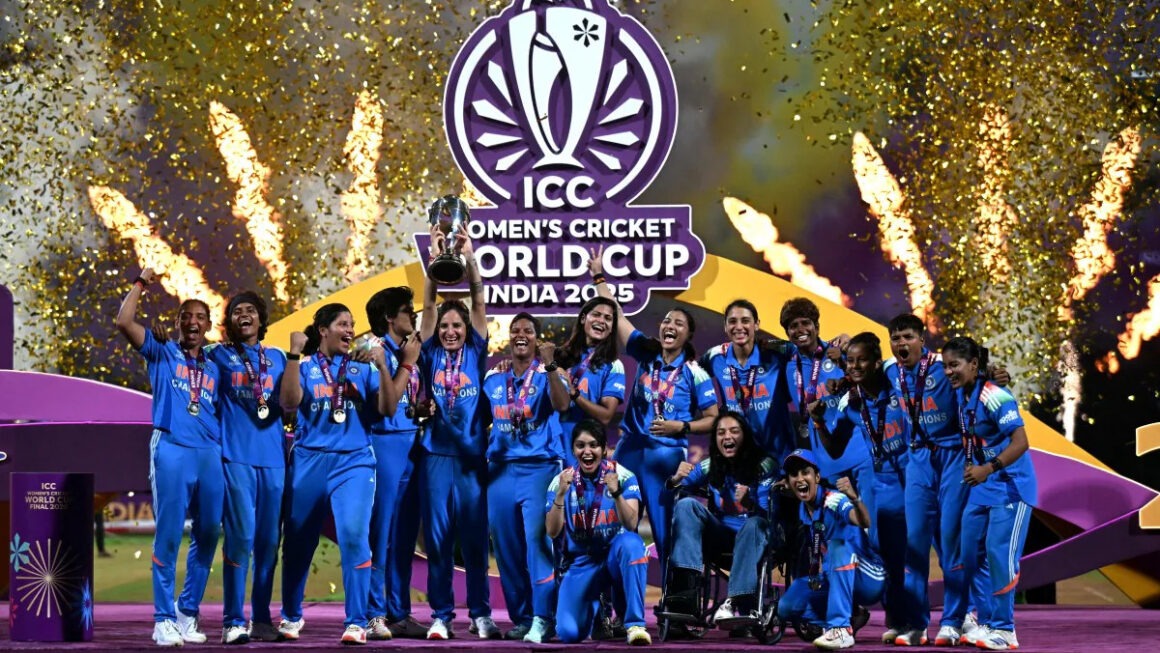Franchise cricket—think IPL, BBL, PSL, CPL—has revolutionized international cricket. From changing how games are played to transforming players’ careers, fan engagement, and board finances, its influence is undeniable. But with progress comes challenges: schedule congestion, format tensions, and burnout. In this post, we’ll explore how franchise cricket changed international cricket, analyzing structural shifts, real-world effects, and where the sport is heading. We’ll also address key questions fans & analysts are asking today.
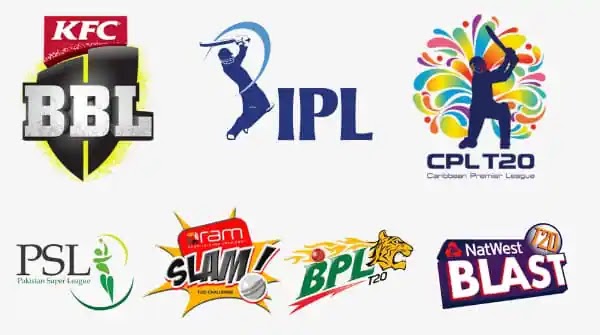
What Is Franchise Cricket?
Franchise cricket refers to professional, privately owned, city-based or regional T20 leagues. Major examples include:
Indian Premier League (IPL) – Founded in 2008, over US$1 billion in annual revenue.
Big Bash League (BBL) – Australia’s summer showcase since 2011.
Pakistan Super League (PSL), Caribbean Premier League (CPL), and newer expansions
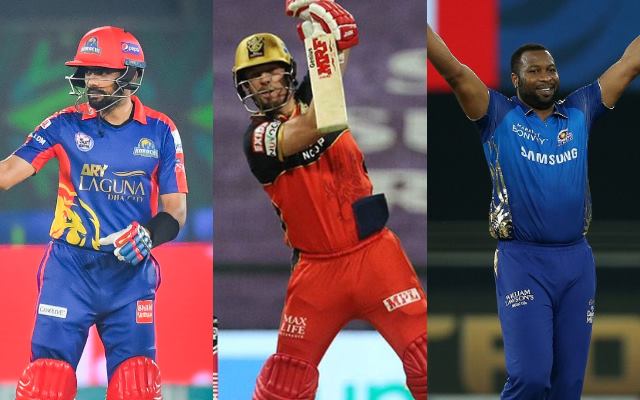
Benefits:
High entertainment value – Twenty-over format attracts broader audiences.
Franchise ownership – Private investment, celebrity backing, city loyalty.
Global talent pool – Players worldwide compete and learn from each other.
How Franchise Cricket Changed International Formats
How IPL Changed International Cricket
Tactical innovation: Powerplays, death overs strategies, and analytics came from IPL, influencing Test/ODI tactics.
Batting revolution: Sixes and aggressive play became mainstream, even in Tests and ODIs.
Sky-high scoring trends: High run chases in ODIs (350+ scores) now feel routine due to franchise-era batting depth.
Format Rebalance
T20’s rise came at the expense of Tests/ODIs in broadcasting and money.
Boards reduced bilateral series to accommodate T20 leagues, leading to:
Shifting Test series windows to less lucrative periods.
Debates on global league scheduling vs. preserving international cricket’s calendar.
Workload & Calendar
Congested schedule: Players juggle domestic leagues, international tours, and training.
Rest and rotation policies: Teams now plan player rest; national boards sometimes pull players from unofficial leagues to manage fitness.
Player-Centric Evolution
Earnings & Financial Empowerment
Franchise contracts often dwarf central contracts for many players.
Young or associate-nation players gain financial independence early.
Celebrity-status and endorsements grow with league prominence.
Exposure & Career Acceleration
IPL sees unknown talents rise—e.g., Jasprit Bumrah’s meteoric rise from domestic to world-class bowler.
Batsmen from smaller cricketing nations—e.g., Afghanistan—gain world-class coaching and exposure.

Burnout & Health Risks
Quick turnarounds from T20 to Test cricket stress players physically and mentally.
Sports science (rest protocols, recovery tech) has become mainstream.
Rotational policies: Cricket Australia’s management for their fast bowlers during dense seasons.
Fan Engagement & Cultural Shift
New Viewing Experiences
Night matches, player mascots, in-stadium DJs, fan zones—all created league atmosphere.
Innovative broadcast: player mic’d up, stump cam, and analytics overlay.
Global Fan Base Expansion
T20 transcends national allegiance—fans follow franchises, players from around the world.
Youth engagement rises via social media base associated with T20 pulse games.
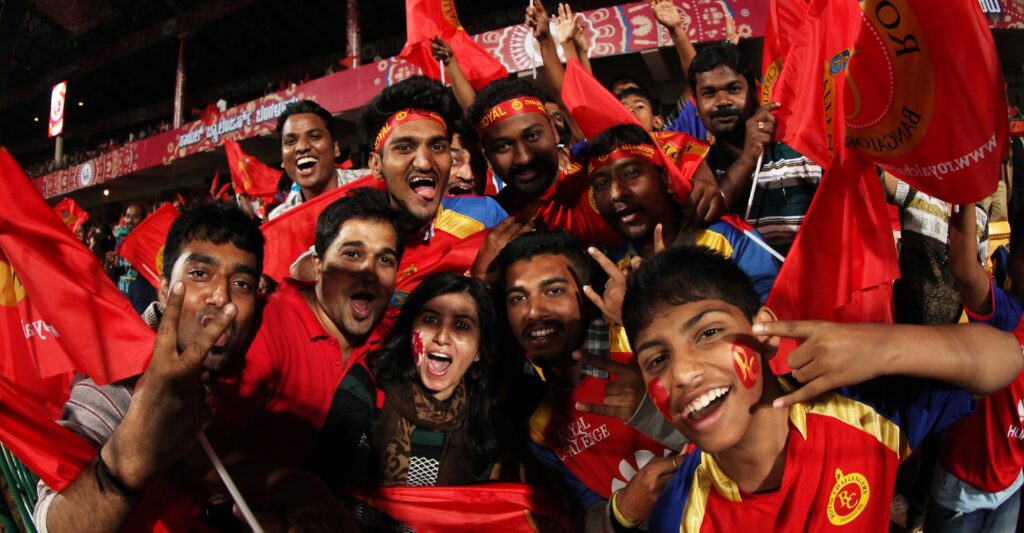
Merchandising & Community
Franchises sell jerseys, masks, and more; fans identify with local brands.
Leagues increasingly conduct grassroots clinics and CSR activities.
Commercial Economics
Board Revenues & Investment
Leagues like IPL bring large TV/advertising deals that also back national boards.
Financials funnel into stadium infrastructure and youth development.
Sponsorship & Naming Rights
Title sponsors (e.g. Tata for IPL) sign multi-year, multi-million dollar deals.
Brands now view cricket as global content with franchise legacies.
Franchise Valuations & Businesses
IPL franchises valued in hundreds of millions of US dollars.
Owners diversify—Bollywood, sport, and even tech—with their cricket franchise investments.
Criticisms & Negative Effects
Test Cricket Threat
Viewer fatigue from too many formats; casual fans skip away from Test focus.
Traditionalists argue “IPL killed Test viewership,” calling for schedule balance.
Uneven Playing Field
Wealthier nations (India, Australia) benefit more; smaller nations (Zimbabwe, Ireland) struggle for relevance.
Franchise Cricket earnings dwarf central revenues for smaller boards.
Overcommercialisation
Formats filled with entertainment breaks (DJ dances, ads).
Purists lament the loss of cricket’s heritage in chase of mass-market appeal.
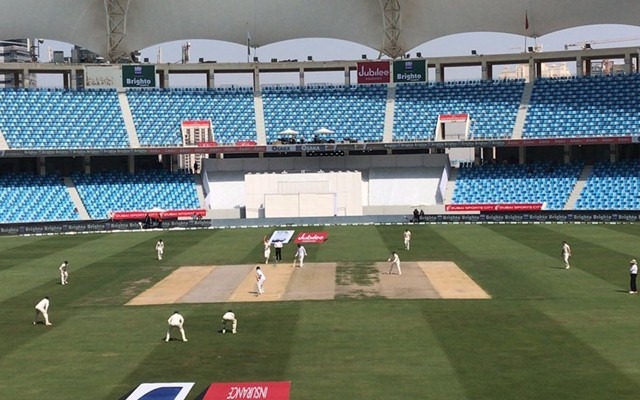
Balancing Act & The Future
Harmonizing Schedules
ICC working with boards to send T20 leagues around the ICC Future Tours Programme.
Proposals: franchise windows, Test/ODI days reserved on international calendar.
Emerging Markets
USA & Europe leagues in the pipeline; expected to boost global brand and participation.
Women’s franchise cricket growing—Women’s IPL, WBBL, and others.
Tech & Innovation
Institute player load-monitoring using wearables.
Virtual reality watching, fantasy gaming integration, fan apps.
Quality and Heritage Preservation
More academies, balanced schedules, national cricketing identities.
Boards exploring rotational flagship events—e.g. Test leagues, Test “World Cups.”
Frequently Asked Questions (FAQ)
What is franchise cricket and how does it differ from international cricket?
Franchise cricket consists of privately owned teams in city-based leagues (e.g. IPL, BBL), while international cricket is organized by national boards and played between countries (Test, ODI, T20 formats)
How has franchise cricket changed international cricket?
It’s changed everything—from playing tactics and athlete fitness routines, to schedule pressure, financial rewards, and global fan outreach across formats and age groups.
Is franchise cricket threatening Test cricket?
Not necessarily, but scheduling constraints and TV-driven timetables challenge Test cricket’s visibility. The real threat lies in poor calendar planning, not franchise cricket per se.
Are players getting hurt by franchise cricket?
Burnout and injuries are concerns. Player rest and load management have become critical to ensure career longevity and format performance.
Has franchise cricket increased the money in cricket?
Absolutely. Leagues bring big TV and sponsorship deals, which help fund national boards and grassroots programs, though distribution remains uneven.
What does the future hold for international cricket alongside T20 leagues?
Expect scheduling alignments, more women’s and associate‑nation leagues, technology-driven fan experiences, and increased focus on format balance for sustainability.
Conclusion
The debate on how franchise cricket changed international cricket continues among fans and analysts. Franchise cricket has definitively changed international cricket—for better and worse. It brought financial growth, player opportunity, and entertainment revolution. Yet reaching an equilibrium—between franchises and formats, tradition and innovation—remains the challenge.
For fans, it means richer experiences; for players, bigger stakes; for boards, new revenue streams; for the sport, a crossroads. As we shape cricket’s future—keeping Test cricket alive; aligning global calendars; nurturing talent; and creating immersive fan ecosystems—the goal is clear: leverage how franchise cricket changed international cricket without losing the soul of the game.









